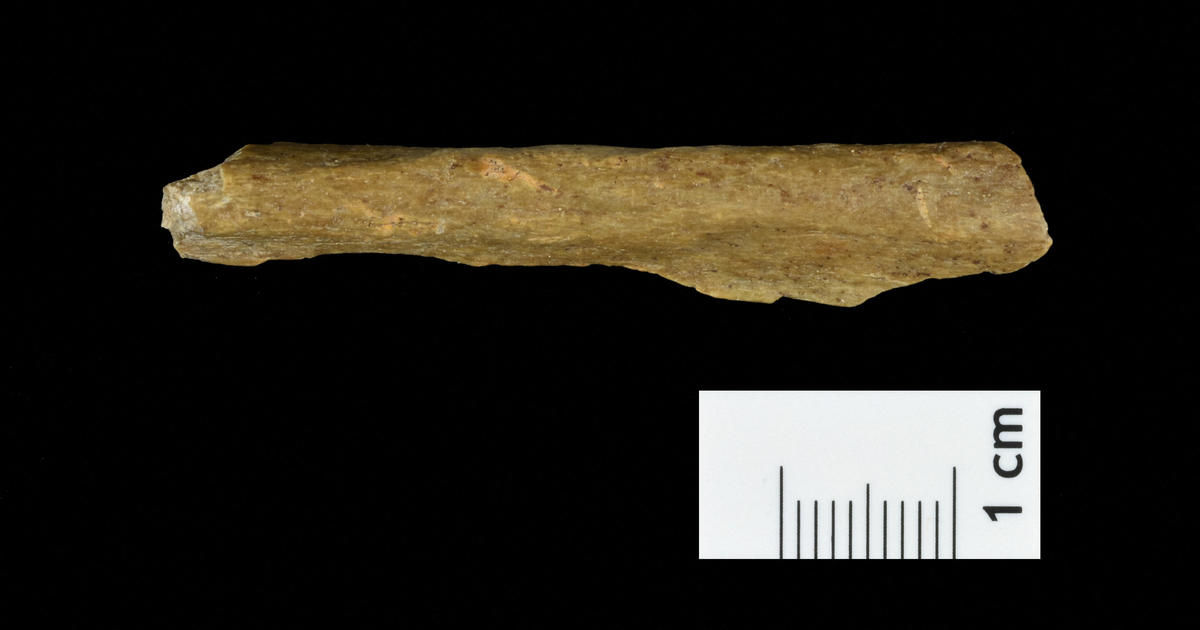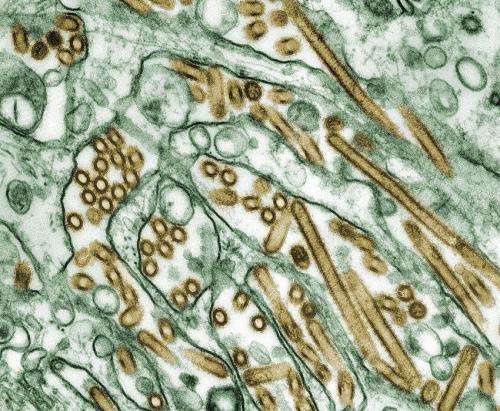The surprising discovery of human bones and tools in a German cave could change our understanding of the history of Homo sapiens and Neanderthals. A team of researchers found evidence that humans settled in northern Europe over 45,000 years ago, coexisting with Neanderthals. The discovery challenges previous theories about the population of Europe and the eventual replacement of Neanderthals by humans.
The researchers made this significant find in a cave in Germany, where they uncovered human bones and tools. These are the oldest traces of Homo sapiens ever discovered in northern Europe. This discovery has the potential to reshape our understanding of how Homo sapiens migrated and eventually replaced Neanderthals, who disappeared a few thousand years after the arrival of humans.
The coexistence of humans and Neanderthals in Europe marked a “replacement phenomenon” during the Middle Paleolithic and Upper Paleolithic periods, according to French paleoanthropologist Jean-Jacques Hublin, who led the new research.
Archaeological evidence from this period, such as stone tools, had previously been discovered, but the difficulty in determining which species created them due to the lack of bones had been a challenge. Particularly puzzling were tools from the “Lincombian-Ranisian-Jerzmanowician” culture found at various sites north of the Alps.
The recent studies published in the journal Nature focused on a cave near the town of Ranis in central Germany. Researchers conducted digs at the site between 2016 and 2022 and were able to remove a massive rock that had previously impeded excavation efforts during the 1930s. This led to the discovery of leaf-shaped stone blades and thousands of bone fragments.
Using a new technique called paleoproteomics, the team was able to extract proteins from fossils to identify which bones were from animals and which were from humans. By utilizing radiocarbon dating and DNA analysis, the researchers confirmed that the cave contained the skeletal remains of 13 humans.
The stone tools discovered in the cave, previously attributed to Neanderthals, were found to have been crafted by humans around 47,500 years ago, challenging previous assumptions about the timeline of human population in Europe.
The fossils found in the cave date back to the time when the first Homo sapiens were leaving Africa for Europe and Asia, suggesting that humans populated the continent through repeated smaller excursions, earlier than previously assumed. This indicates that Homo sapiens may have lived alongside Neanderthals for a longer period than previously thought.
The group of humans who arrived in northern Europe lived in challenging conditions, surviving in small, mobile groups and consuming meat from animals such as reindeer, woolly rhinoceros, and horses. They exhibited the technical capacity and adaptability necessary to survive in such a hostile environment, which was much colder than present-day Europe.
The researchers also highlighted the mystery surrounding the disappearance of Neanderthals, with some theories suggesting that humans may have played a role in their extinction through violence, the spread of disease, or interbreeding.
This groundbreaking discovery challenges our previous understanding of the interactions between Homo sapiens and Neanderthals in Europe and sheds new light on the timeline and complexity of human migration and adaptation to different environments.















